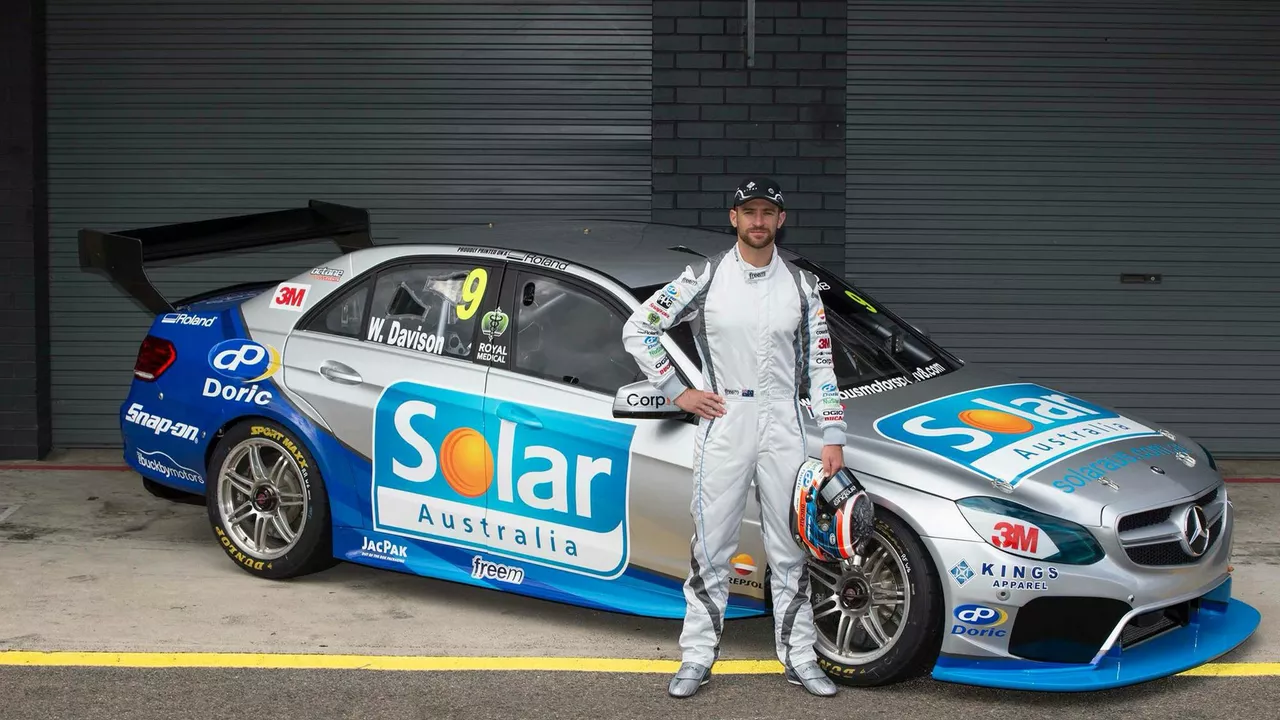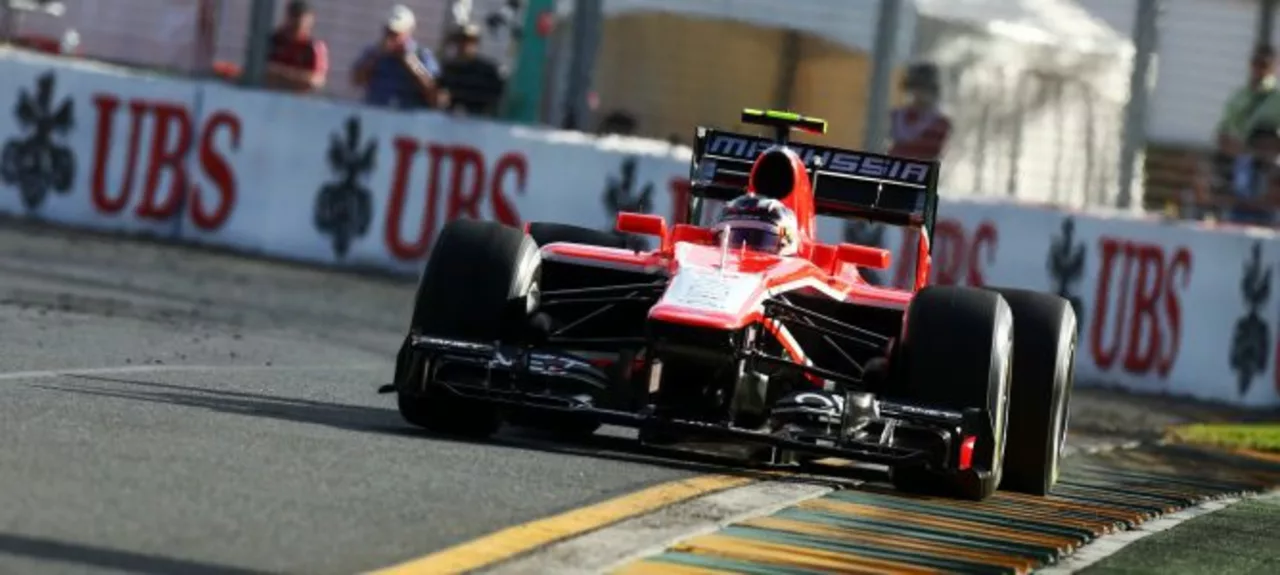Racing: The Pulse of Speed and Adrenaline
If you love the roar of engines, the smell of burnt rubber and the split‑second decisions that decide a win, you’re in the right place. This page pulls together everything that makes racing exciting – the history, the latest news and the reasons fans can’t get enough.
Why Racing Keeps Us Hooked
Racing isn’t just about fast cars; it’s about pure emotion. A rider launching off a motocross jump feels the same surge of adrenaline as a driver chasing a photo finish at Le Mans. The sport mixes skill, daring and technology, so there’s always something new to watch. Whether it’s a cheap go‑kart beating a high‑tech monster truck in an unrestricted race, or a veteran IndyCar driver tackling a new street circuit, the unpredictable moments keep fans on the edge of their seats.
From Dirt Tracks to the World Stage
Motocross is a great example of raw racing. Mud‑flyed hills, big jumps and the constant threat of a wipe‑out create a high‑octane ballet that’s as brutal as it is beautiful. If you’re new to the sport, start by checking out the British Motocross Championship – the races are short, the action is nonstop, and the commentary explains each rider’s line.
Le Mans tells a different story. It’s a 24‑hour test of endurance, where strategy beats outright speed. The 1966 race still sparks debate because Ken Miles crossed the line first but lost on a distance rule. That drama shows how race regulations can change outcomes as much as the drivers themselves.
IndyCar, on the other hand, stays mostly in the US, mixing ovals, road courses and street tracks. Its focus on American venues limits global appeal compared to Formula 1, which sells itself as a worldwide brand. Still, IndyCar’s close‑racing and frequent overtakes give it a loyal fanbase that loves the gritty, practical side of motorsport.
If you’re looking for something truly wild, imagine an auto race with no vehicle restrictions. Picture a sleek Ferrari lining up next to a jet‑powered monster truck or a solar‑driven buggy. The chaos would be massive, but the spectacle would draw crowds hungry for the unexpected. While we don’t have a full‑scale event yet, experimental races at festivals give a taste of that madness.
So, how do you stay up to date? Follow the MotoSport Action UK feed for race results, driver interviews and behind‑the‑scenes stories. Join forums where fans break down every lap, and sign up for newsletters that highlight upcoming events – from local motocross rounds to the next Le Mans weekend.
In short, racing covers a wide range of experiences. Whether you’re chasing the next big headline, looking to understand why a rule changed a historic win, or just love the sound of an engine revving at full throttle, this page gives you a quick, practical guide to the sport’s biggest thrills.
What does G mean in racing?
In the world of racing, 'G' stands for gravity. It's a measurement used to describe the forces that drivers experience when they speed up, slow down, or turn in their cars. High G-forces can make it feel as though a driver's weight has multiplied, which can be both exhilarating and physically challenging. To be a successful racer, understanding and adapting to these forces is crucial. It's fascinating stuff and gives you a real appreciation for what racers go through on the track.
Why are Americans so unsuccessful in Formula One?
As a blogger, I often wonder why Americans have been so unsuccessful in Formula One. After researching, I found that one major reason is the lack of a strong motorsports culture in the US. Additionally, the popularity of other racing series like NASCAR and IndyCar means that talented drivers often choose to pursue careers in these more familiar realms. Moreover, the lack of American Formula One teams and financial support makes it difficult for American drivers to break into the European-dominated sport. Lastly, the limited exposure of F1 in the US media further hinders the growth of interest and potential talent pool for Formula One.
Is Formula One really a sport?
Formula One is a motorsport that is widely accepted as a sport. However, some people argue that it is not a sport because it does not involve physical activity. The article looks at the different arguments for and against Formula One as a sport. Some argue that it is a sport because it requires physical and mental skills, as well as the ability to make split-second decisions. Others argue that it is not a sport because the drivers are not active enough and the cars are doing most of the work. Ultimately, it seems that Formula One can be considered a sport, but the definition of a sport is a subjective matter.


